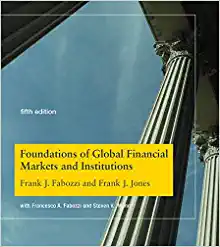Question
MeWrite Books are available in a simple range of cover colours and are available in most reputable stationery stores. The company makes three products: a
MeWrite Books are available in a simple range of cover colours and are available in most reputable stationery stores. The company makes three products: a 180-page notebook, a personal journal and a 180-page graph-book. The per-unit profit of the items are R5 for the notebook, R7 for the graph book and R8 for the personal journal. These amounts include the cost of materials, labour and quality control as applicable.
Bill Nash believes that the company can sell any number of paper books it produces, but the production is limited by resource availability. Recent industrial action and cash-flow problems have 2 | P a g e caused the suppliers of these resources to only sell in limited amounts to MeWrite Books. In particular, Bill can only source at most 1200 kgs of grade II Wood Pulp for covers, 2500 kgs of grade I Wood Pulp fibres for paper and 800 kgs of Binding Resin each week from his suppliers. It is unlikely that these figures will change in the immediate future. However, the suppliers are willing to sell to him any amount that Bill needs up to these limits and when he requires them, without the need to buy fixed quantities in advance of the production, making them variable costs rather than fixed costs to produce MeWrite Books.
Each notebook requires 1.2 kgs of grade I wood pulp fibre, 0.6 kgs of grade II wood pulp and 0.3 kgs of binding resin while each graph-book requires 1.7 kgs of grade I wood pulp fibre, 0.75 kgs of grade II wood pulp fibre and 0.4 kgs of binding resin. The personal Journal requires 2 kgs of grade I wood pulp, 1.0 kgs of grade II wood pulp and 0.5 kgs of binding resin. Bill is trying to come up with a weekly plan for the product mix using LP. While Bill knows that other constraints including labour will also need specific consideration, he wants a simple first-pass model that is restricted to the above primary resource constraints.
Section A
Considering the above, formulate the weekly production mix problem for MeWrite Books as an LP Model. Implement the formulation in Excel following the goals and guidelines for good spreadsheet design and solve using solver. Then answer the following questions in Section B, assuming each question is independent of the other questions unless explicitly referred to.
(2 marks each, for the formulation and for the Excel implementation)
Step by Step Solution
There are 3 Steps involved in it
Step: 1

Get Instant Access to Expert-Tailored Solutions
See step-by-step solutions with expert insights and AI powered tools for academic success
Step: 2

Step: 3

Ace Your Homework with AI
Get the answers you need in no time with our AI-driven, step-by-step assistance
Get Started


